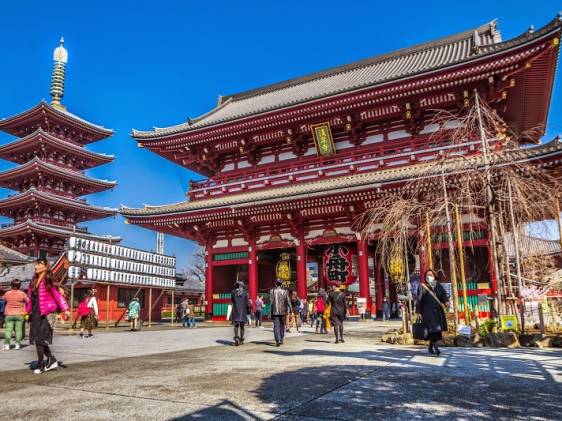Judging by the architecturally designed building that houses the Tobacco and Salt Museum, there must be a bit of money in these two industries.

The museum is divided into three levels. The ground floor houses ticket counters, lockers, and a gift shop. The second floor is home to the relatively small section of the museum dedicated to salt, as well as a gallery for special exhibitions. On our visit, there was an exhibition of Edo-era pictures for children. The third floor houses the tobacco part of the museum.

The third floor tobacco gallery is by far the most interesting. On display is a vast array of smoking inmplements. From pre-columbian central American pipes, novelty porcelain pipes from Europe, water pipes from central Asia, North American peaces pipes, and long slender Japanese kiseru pipes.

Not included is anything remotely modern. So if you’re looking for some explanation of vaping tech, you won’t find it here.

Despite the harm to human health from these two products, don’t expect to see anything about the negative impacts of either salt or tobacco. The museum is funded by Japanese tobacco giant JT, so this shouldn’t be a surprise!
Overall, it’s worth the price of admission and it’s good for an hour or so of browsing. Most of the exhibits are well labelled with English descriptions.
The museum is located next to Oyokogawa Water Park, a short walk from Tokyo Skytree, and a slightly longer walk from Asakusa. You may see references to the museum being located in Shibuya, but that was the former location before the museum relocated to the current Yokogawa location in 2015.
Due to COVID-19, the hours of admission have been shortened.
Children: ¥50
Seniors: ¥50
- 473 m from Honjo-azumabashi Station Asakusa Line (A19)
- 0.5 km from Tokyo Skytree Station Tobu Skytree Line (TS2)
- 0.6 km from Oshiage Station Hanzomon Line (Z14)Asakusa Line (A20)Keisei Oshiage Line (KS45)Tobu Skytree Line (TS3)













